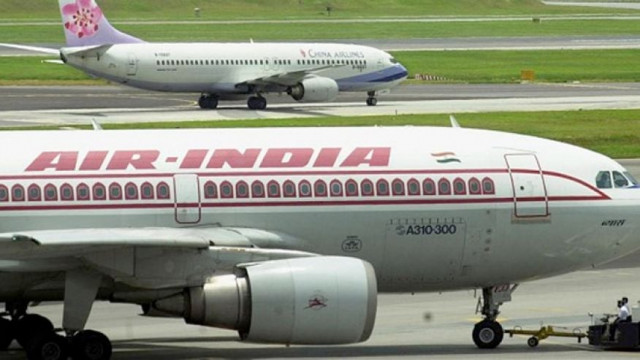What Pakistan's airspace ban means for Indian air travel
Pakistan Civil Aviation Authority issued a NOTAM, confirming the closure of its airspace to Indian-registered airlines

Pakistan announced the closure of its airspace to all Indian airlines on Thursday, escalating tensions following New Delhi's aggressive measures in the wake of the Pahalgam terror attack, which claimed 26 lives earlier this week.
The Pakistan Civil Aviation Authority (CAA) officially issued a Notice to Airmen (NOTAM), confirming the closure of its airspace to Indian-registered airlines.
This move is expected to severely impact Indian carriers, which rely on Pakistani airspace for numerous daily overflights, with routes from major Indian cities like Delhi, Mumbai, Ahmedabad, Goa, and Lucknow to destinations in the Middle East, Europe, and beyond.
Reports from Indian media indicate that Air India, IndiGo, Air India Express, and SpiceJet have confirmed their flights will now follow longer routes, primarily over the Arabian Sea, leading to extended travel times.
Impact on Travel Times
The detour will increase the duration of some flights to the US and Europe by up to 2 to 2.5 hours, according to airline officials. The final impact on flight duration will vary based on the alternate routes chosen, with multiple options currently under consideration.
Rising Airfares
Due to longer flight times and the need for additional fuel, airfares are expected to rise by 8-12 per cent in the short term. Airlines will have to carry more fuel for longer journeys, potentially limiting the number of passengers they can accommodate, further driving up ticket prices.
Financial Impact
This isn't the first time Pakistan has closed its airspace to Indian airlines. The last such closure, following the 2019 Pulwama attack, resulted in around ₹700 crore in additional costs for Indian airlines due to higher fuel expenses and operational disruptions.
Increased Costs
With the need to carry more fuel and reduced payload capacity, airlines will face higher operational costs, potentially impacting their profit margins. The financial sustainability of airlines could be strained by the combined impact of longer routes, higher fuel consumption, and restrictions on carrying more passengers.



















COMMENTS (1)
Comments are moderated and generally will be posted if they are on-topic and not abusive.
For more information, please see our Comments FAQ